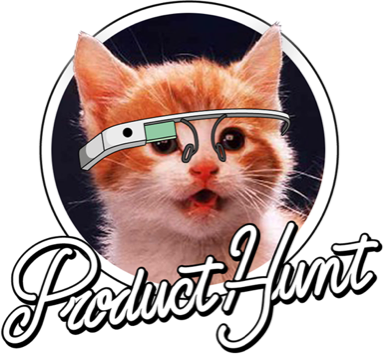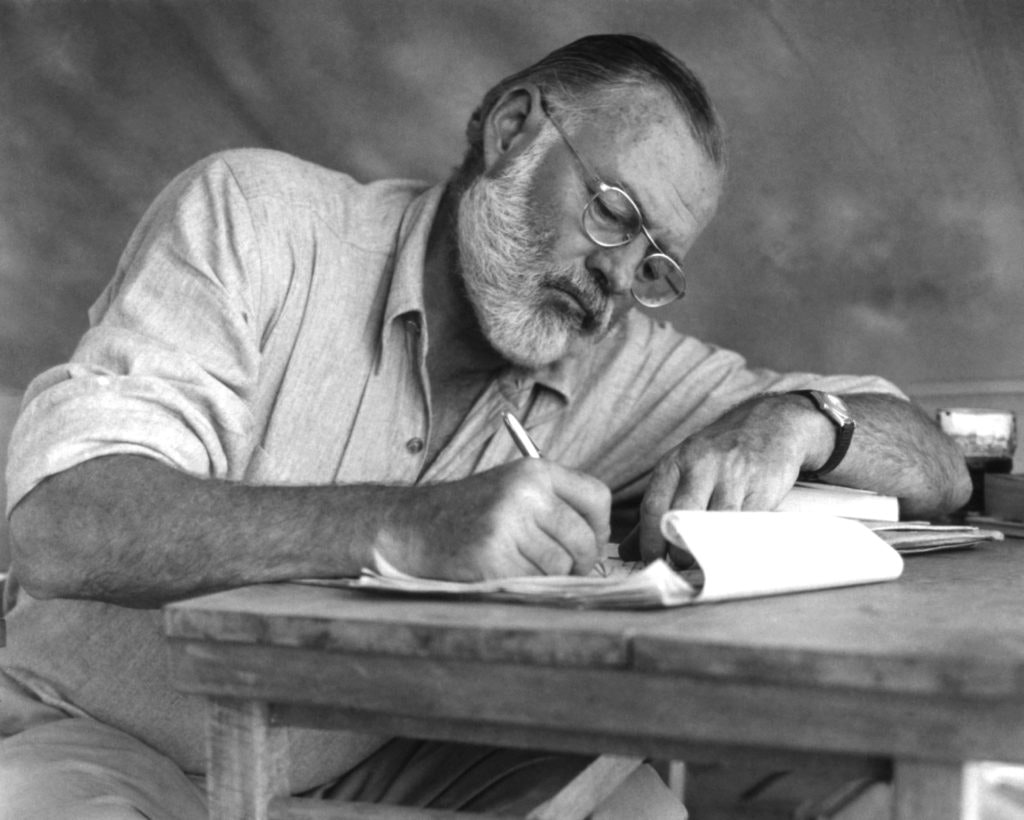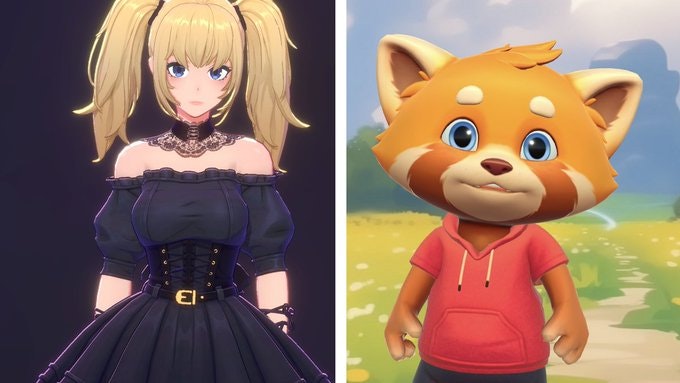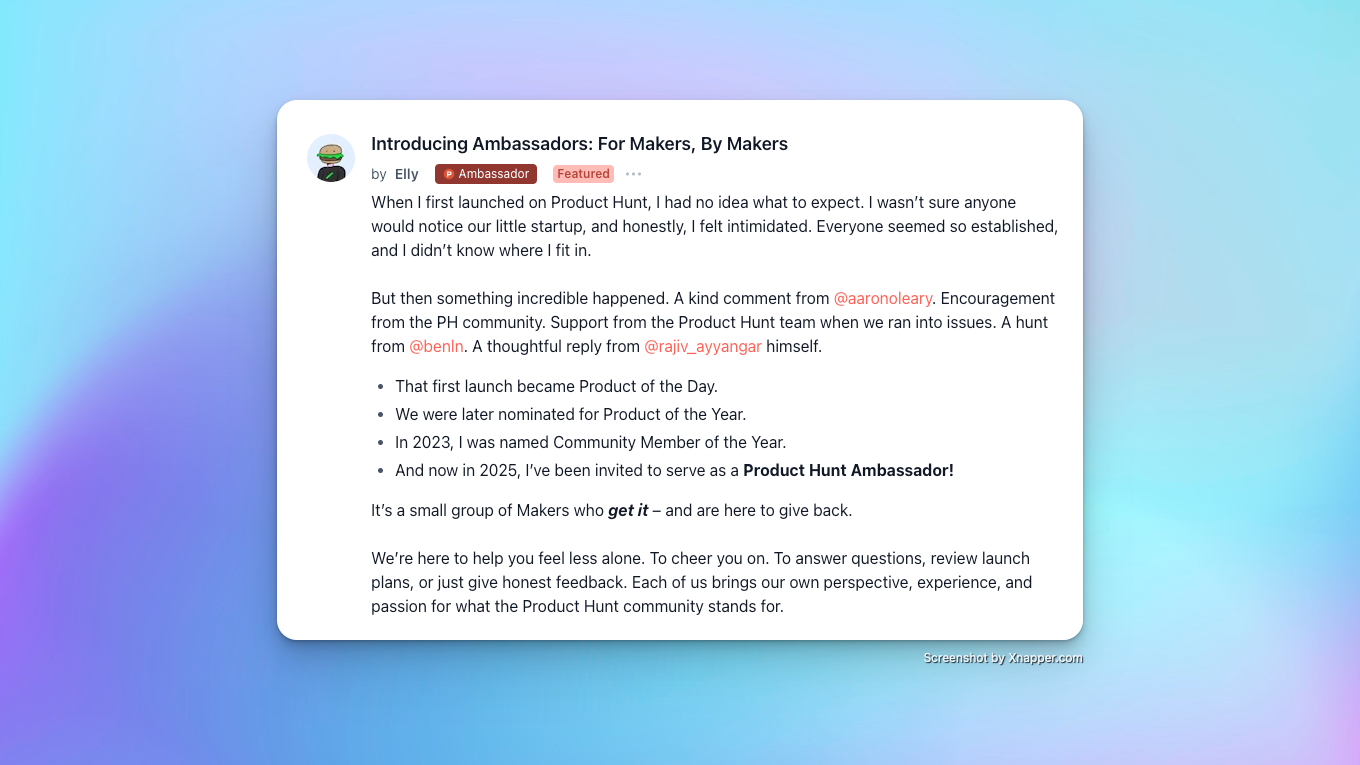Kraftful co-founder Yana Welinder was a recovering lawyer and head of product at IFTTT when she decided to apply to Y Combinator in 2019. It seemed like a great time to build a product to help companies in the burgeoning IoT sphere. A year later, with hardware supply chains collapsing and IoT startups folding, the company she built needed to pivot.
And pivot it did. Yana, who had taught about AI and law nearly a decade earlier, now tapped large language models for the path forward, and Kraftful took off by helping product teams sort through and analyze the reams of feedback they received. Earlier this month, the startup was acquired by publicly traded data analytics platform Amplitude.
Product Hunt sat down with Yana to talk about pivoting during a pandemic, moving on from sales-led growth, and saying goodbye to the brand she built.
This interview has been edited and condensed for clarity.
How did Kraftful start? What were the early days like?
So we got our start essentially applying to YC, and getting in almost on a whim—
You mean by accident?
It was the last day of being able to submit an application. I got it in super last minute, hit submit right before the deadline. In fact, I still had a job. I was head of product at IFTTT at the time and rushed home to record the video. I just submitted the first video where my 2-year-old wasn’t screaming in the background. To my great surprise, my co-founder and I got in and had to quit our jobs. YC was actually where I first met [Product Hunt CEO] Rajiv. We were in the same batch.
When you went into that YC batch, what was your idea for the product?
The vision was always to help product teams build better products. But it started in a very different place. The first version for Kraftful was essentially Webflow for IoT, and we later pivoted to Amplitude for IoT, which is kind of funny now that we've been acquired by Amplitude.
We eventually dropped IoT entirely and started focusing on product teams more broadly—and leveraging large language models to serve product teams, which is essentially when Kraftful really started taking off and getting broader adoption. That’s when we hit product-market fit.






